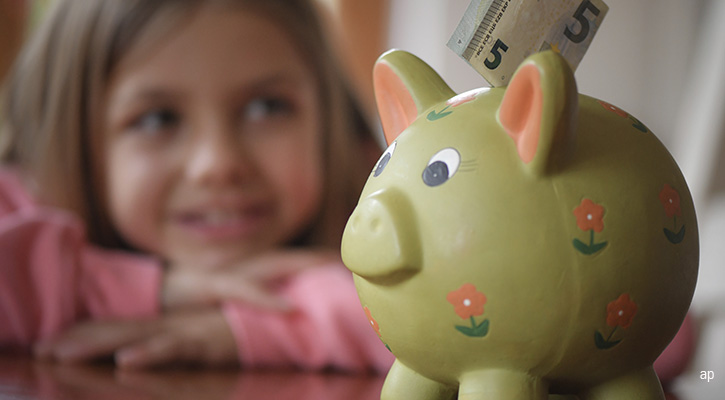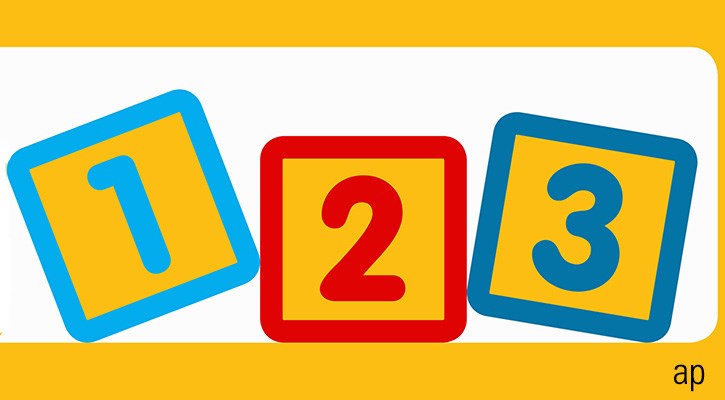
Junior Isas were launched nearly 10 years ago in November 2011 to replace Child Trust Funds. These accounts are an increasingly popular way for parents (and grandparents) to build up a nest egg for young people, who are faced with high housing and education costs at the outset of adulthood.
Things to Remember:
- The annual allowance is £9,000 for each child, who must be under 18 and living in the UK.
- It can only be opened by the child’s parent or legal guardian, but can be paid into by grandparents, friends and other family members.
- Like adult Isas, the Junior Isa can be invested in either stocks or cash and you can have two providers in the tax year, but not two of the same type
- The savings rates on Junior Isas are often higher than for adult Isas
- A parent or child can't dip into the Jisa
- If you have a Child Trust Fund open for your child, you can transfer this to a Jisa
With a potential 18 year investment horizon for a Junior Isa (if you start the year the child is born), the numbers can start to look seriously impressive. A parent of a child born today, putting in the full amount of £9,000 in cash, would save a staggering £162,000 over 18 years – that’s without any interest. If you invested the money and it grew at 6% a year, the child would have almost £300,000 by their 18th birthday. Even accounting for inflation, that's a serious amount of money that could go towards a first property, university fees, or first car.
And because the Jisa allowance is so generous (and few parents will be able to max it out) parents of older children can catch up with any "lost years" by topping up the full £9,000 when they can, perhaps through an inheritance, when downsizing or money saved during lockdown.
Cash is Still King
According to the most recent HMRC figures (for 2019/2020) cash remained the preferred option for people saving for their children, with cash Junior Isas making up 61% of the year’s total. More than £900 million was invested into Jisas in the last tax year. Even though some parents are keen not to take a risk with their children's money, many advisers recommend weighting their Junior Isas towards equities to take advantage of the longer time horizons. Over time, inflation can make a serious dent into even the largest nest egg, while equities generally outperform other asset classes over periods of 10 years or more.
It's Their Money
One aspect of Junior Isas that should be noted: while the parent is making all the investment decisions initially, the money is legally still the child’s – so at 18, they have the choice to spend it how they wish (or ideally, even keep it where it is, and let those returns compound over many decades). The child, upon reaching 16, can take control of the account but can’t withdraw the money until they are 18.
Many parents would prefer children to continue their savings journey by opening up an adult Isa. Or the Government has provided a "stepping stone" from Jisas to help get young people on to property ladder, which is the Lifetime Isa.



























